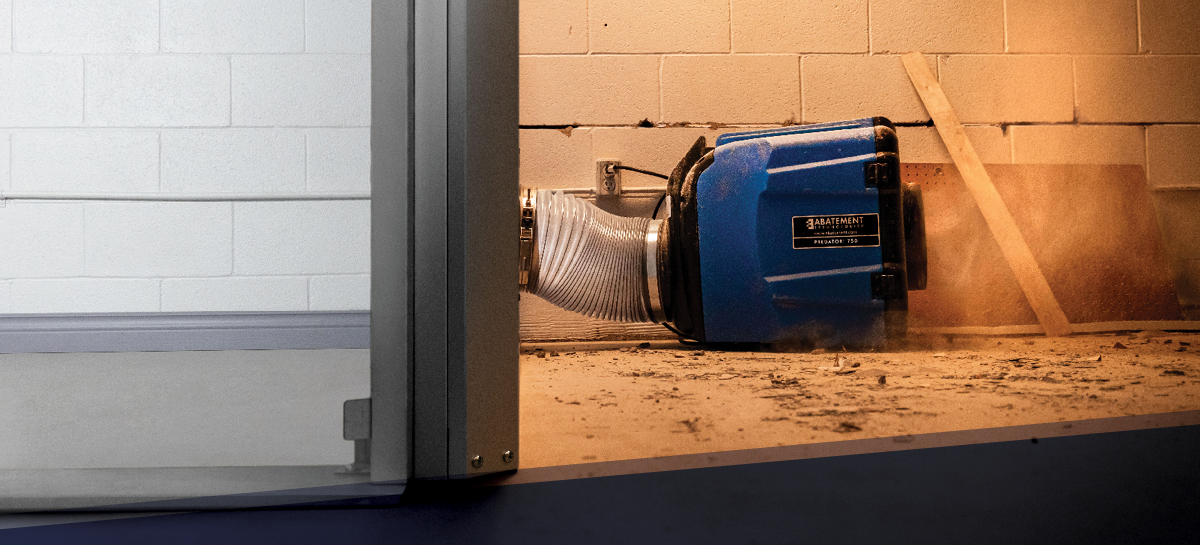Things to Consider Before Comparing Airflow Ratings
Why airflow ratings can be very misleading and the cheapest units are often the most costly.
No industry-standard airflow rating method
There is no standardized method that manufacturers use to rate the airflow of their air filtration devices. Different methods can produce widely varying and often misleading results, and make direct comparisons between brands difficult if not impossible.
Compare ‘Apples & Oranges’
The most overstated and inaccurate method used bases device airflow ratings on the AMCA “free air” blower rating, which is a test bench measurement of the airflow the blower can produce at various motor horsepower levels with no static resistance. Since actual peak airflow with the cabinet and filters in place is typically 50% to 80% lower, free air is essentially meaningless when it comes to rating the device itself.
Inlet or outlet readings with an air-straightening duct attached to reduce turbulence are far more accurate. This testing is generally done using a computing vane anemometer or pitot tube traverse to determine the average velocity (in feet per minute) and airflow (in cubic feet per minute) flowing through the air straightening duct. Attempting to measure airflow at non-laminar inlet and outlet openings is not recommended.
Peak airflow is only part of the story
Even when accurate, peak airflows can be misleading because they provide only a small part of the performance picture. It's often a mistake to automatically conclude that the performances of two devices are equal just because their peak airflows are similar. The airflow of all filtration devices drop off as resistance to airflow increases due to filter loading, external collars or flex duct. The magnitude and frequency of these losses; and therefore how frequently filters must be replaced to restore acceptable airflow levels can vary greatly.
Peak static capacity of the blower and filter dirt holding capacity are the main factors that determine 'real life' airflow and filter life. As a rule, a backward curved blower can move more air than a cheaper but less efficient squirrel-cage blower, due largely to its ability to operate at much higher 'tip speeds' and therefore overcome higher levels of resistance. This higher capacity, in turn, extends the useful life of the filters and can make a higher price but more efficient system far less costly to operate.
Build in a sufficient margin of safety
To compensate for airflow losses, users should build in a safety margin when estimating how many units are required to provide a given number of ACH (air changes per hour). If the objective is 6 ACH, designing for 8 or 9 ACH at peak airflow should be more than adequate to ensure sufficient airflow throughout the filter loading cycle provided that the peak airflow rating is reasonably accurate.
See which, and how many units you would need for the appropriate amount of air changes per hour based on your room size with our Air Change Calculator
Contact us for more information!



